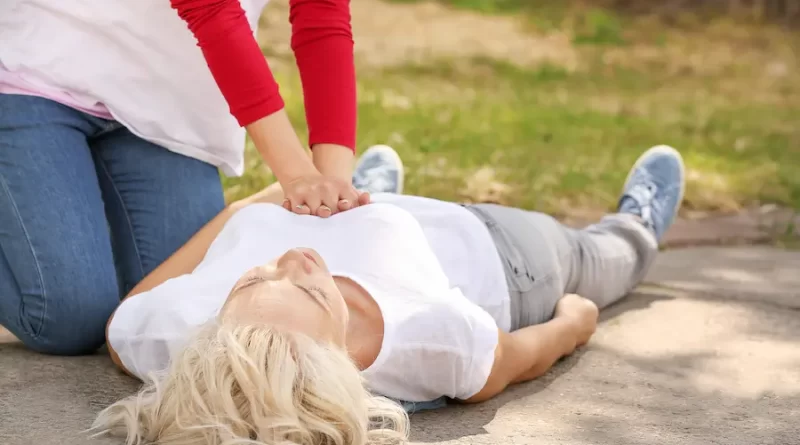What Are the Steps for CPR?
If you or your child has ever experienced a near-drowning or choking incident, you might have thought about how handy it would be to know CPR.
Even without a specific incident, knowing cardiopulmonary resuscitation (CPR) can save a life. The American Red Cross reports that every day someone in the U.S. will suffer a cardiac arrest outside of a hospital and survive because a Good Samaritan was prepared with CPR skills.
Those prepared bystander skills can make the difference between life and death. Want to know more about what are the steps for CPR? Keep reading to find out!
What Is CPR?
Cardiopulmonary resuscitation (CPR) is an emergency procedure used to provide lifesaving assistance for individuals experiencing cardiac or respiratory arrest. CPR works to manually restore a person’s breathing and heartbeat by circulating oxygen-rich blood to the brain and other vital organs.
CPR involves compressing the chest and breathing air directly into the lungs. A combination of chest compressions, rescue breaths, and the application of an automated external defibrillator (AED) can be used to revive and sustain a person’s breathing and circulation.
CPR is a vital medical procedure and can be performed in both medical settings and at home. In most cases, the use of CPR can give an unresponsive individual a better chance of survival.
Understanding the Sequence for CPR
Performing CPR properly is important to ensure proper resuscitation and maximize the chance of survival for an unresponsive victim. The American Heart Association recommends following a specific CPR guide.
So, what are the steps for CPR?
First, call 911 and ask for help; then, check the victim’s airway, breathing, and pulse. If they are not breathing normally, or you are unable to feel a pulse, begin chest compressions. Place the heel of one of your hands on the middle of the victim’s chest, then lock your other hand over the first.
Compress the chest approximately two inches and release the pressure; then, repeat 30 times. After the 30 compressions, give two rescue breaths. Pinch their nose closed and tilt their head back and deliver the breaths.
Repeat 30 compressions and two breaths cycle for five cycles. If the victim is still unresponsive after five cycles, continue CPR until help arrives.
Who Can Administer CPR?
Anyone certified in CPR is qualified to administer it. This includes trained medical professionals such as doctors, dentists, and nurses.
It is also possible for individuals who have been properly trained and certified to administer CPR as well. This includes first responders, lifeguards, and other emergency personnel.
Contrary to popular belief, many people who are not professionals in the medical field are capable of performing CPR in order to save a life. All that it takes is proper training and knowledge of the necessary steps and procedures. As long as someone has both of these things, they can safely administer CPR to someone in need.
Everyone should consider taking a CPR certification course in order to be prepared to help save lives in an emergency. Visit https://cprcertificationnow.com/pages/group-discounts for training discounts.
Learn CPR and Save Lives
Knowing what are the steps for CPR is an important skill for everyone to learn. Following the universal steps of calling 911, checking pulse and breathing, preparing to perform chest compressions, performing chest compressions, and administering rescue breaths, you can be prepared to save a life.
To learn more, contact your local Red Cross to receive CPR and AED certification today!
If this article “What Are the Steps for CPR” was interesting to you, consider checking out our other articles today for more relevant information.




